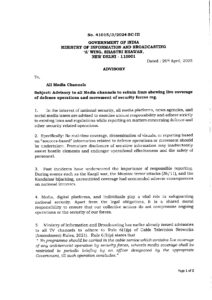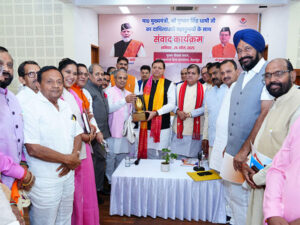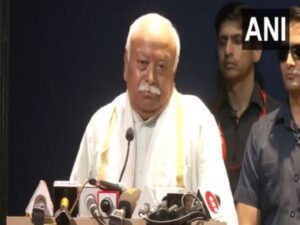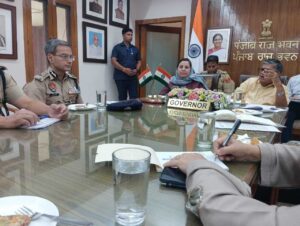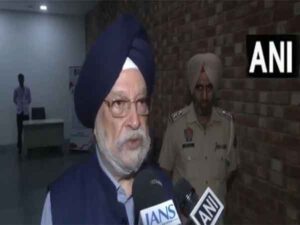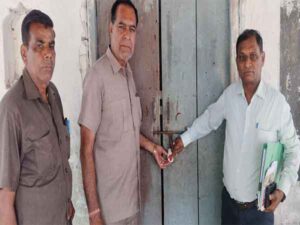Smog towers, cloud seeding not solution to India’s air pollution problem: US scientist
New Delhi, Feb 19 (PTI) Improving air quality in India requires long-term effort, a senior US scientist has said and noted cost-intensive technologies such as smog towers and cloud seeding are not sustainable solutions to the pollution problem plaguing the country.
In an interview with PTI, Richard Peltier, a member of the World Health Organization’s (WHO) Global Air Pollution and Health Technical Advisory Group, said there is a good understanding that air pollution is “really quite bad” across India but precision is lacking due to the limited distribution of air pollution monitors.
When asked how much time is needed to control air pollution in cities such as Delhi, he cited the example of the US.
The US implemented the Clean Air Act in the 1960s, Peltier said and added only recently has the country developed air quality that is generally considered good.
“So, it took 50 or 60 years to get here. This is not an instantaneous problem. This is not something that’s going to be resolved with the stroke of a single pen or a law. This takes time … It is more of a marathon than a sprint,” he said.
Asked about the role of smog towers in resolving the issue, Peltier — also an executive editor of the Journal of Exposure Science and Environmental Epidemiology — said these giant air purifiers work on a small scale but are impractical for entire cities due to cost and maintenance challenges.
“Do they remove air pollution from the air? Yes, they do. Do they remove an adequate amount of air pollution from the air? Absolutely not. It is like trying to dry up a big mighty river with a bath towel. You just cannot do it,” he said.
On fighting air pollution with cloud seeding technology, the scientist said it is not something that is sustainable and certainly not a long-term solution.
“Do you really want to have airplanes flying around 24 hours a day, every few 100 metres in the sky, seeding clouds to make it rain? And then do you really want it to rain every day? I don’t think so. I think the answer is no,” the scientist said.
Asked if the severity of the air pollution problem in India is underestimated due to a lack of sensors and air quality monitoring institutions, Peltier said, “I don’t think we know with enough precision where the pollution is worse. There probably are not enough air pollution monitors spread out across India, especially those around major city areas that give us the confidence that we are 100 per cent sure that our model is right.”
“But I think we have a pretty good understanding that air pollution is really quite bad across India. It’d be nice to have more monitors though,” he added.
According to independent think-tank Greenpeace India, more than 99 per cent of the country’s population breathes air that exceeds the WHO standards on PM2.5.
It said 62 per cent of pregnant women and 56 per cent of the country’s population live in the most polluted areas.
A report by the Energy Policy Institute at the University of Chicago last August said fine particulate air pollution (PM2.5) shortens average life expectancy by 5.3 years in India on an average and by up to 11 years in Delhi.

